Navy’s new prep course aims to launch hundreds of recruits into the fleet
- By Military Times
Share This Article
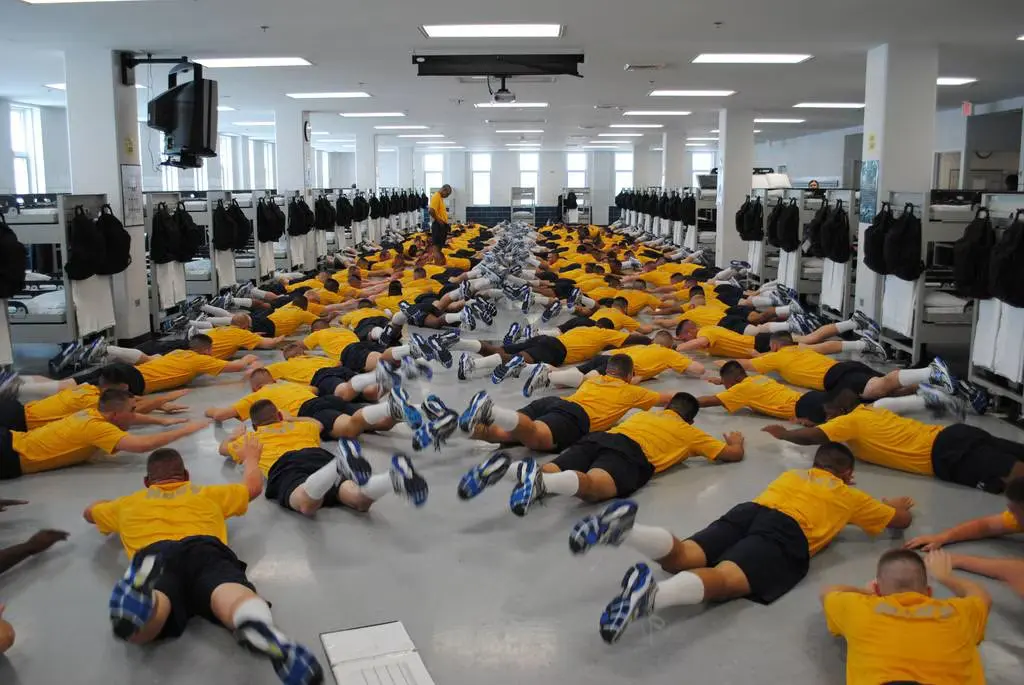
This article by Diana Stancy Correll was originally published by Navy Times.
A new Navy preparatory course focused on fitness and nutrition seeks to push hundreds of new recruits into the fleet this year — even as the military branches struggle with attracting new members and the Navy is expected to miss its accession targets.
The Future Sailor Preparatory Course, which kicked off in April with 42 potential recruits, aims to eliminate recruiting barriers that prevent individuals from serving, while also maintaining current standards. The course focuses on providing individuals who are as much as 6% above entry body-fat standards for accession training, with physical fitness, nutrition, and life skills training.
The course, based out of Recruit Training Command at Naval Station Great Lakes in Illinois, is projected to add an additional 338 sailors to the fleet this fiscal year, according to Lt. Mack Jamieson, a spokesperson for Naval Service Training Command.
But that could change.
The program has the capacity to expand and train even more future sailors prior to boot camp, according to Capt. Frank Brown, director of operations at Naval Service Training Command.
“The program is based on the fact that recruiting is being challenged right now,” Brown told Navy Times. “We do have capacity to potentially go all the way up to one full training group, so we could potentially go all the way up to 1,000 recruits in this program. … I believe as awareness builds on the program, I’m optimistic that we’ll see those numbers continue to grow.”
Related: What are Navy SEAL ‘duck’ insertions and which one would you prefer?
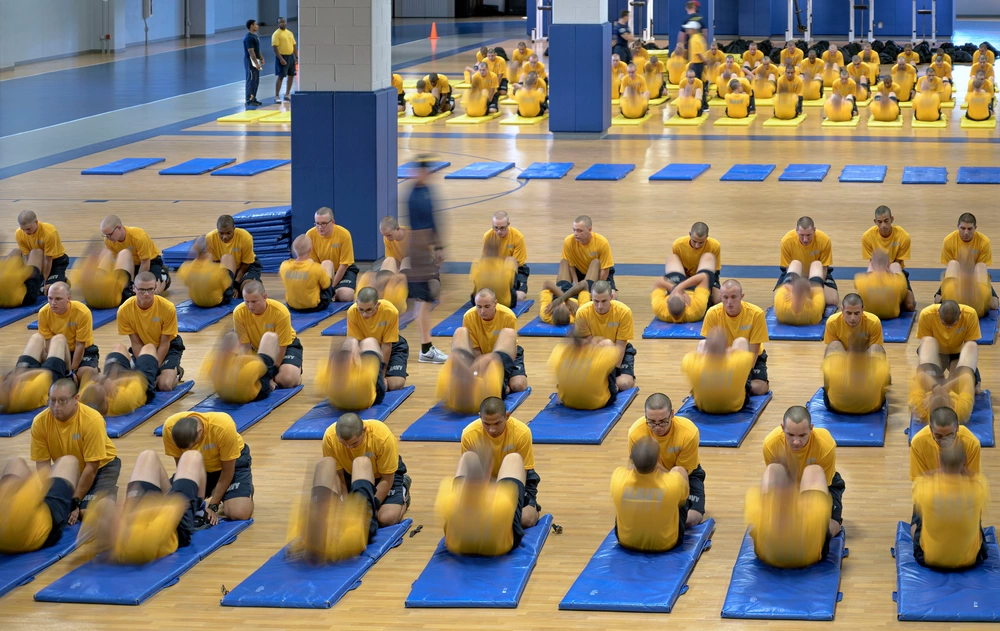
Upon successful completion of the course — meeting or falling below the Navy’s body-fat standards for entry training — individuals head to a Basic Military Training division to complete the 10 weeks of boot camp.
The program is modeled after the Army’s Future Soldier Preparatory Course, implemented in August 2022, which includes a fitness program that aims to lower potential recruits’ body fat, as well as an academic program geared toward boosting their Armed Forces Qualification Test scores.
A physical therapist for the Navy designed the fitness curriculum for the Navy’s program using principles from the Navy Operational Fitness and Fueling System, known as NOFFS. That system strives to provide Navy sailors with guidance on how to train safely and effectively.
It also focuses on low-impact strength training, and uses such equipment as resistance bands, sandbags, or free weights if available, according to Lt. Maria Spencer, an operations analyst with Naval Service Training Command.
“But one of the utilities of the NOFFS system is that most of the workouts can be done primarily with just body weight,” Spencer told Navy Times.
That helps instructors cater to an individual’s specific fitness level for the Future Sailor Preparatory Course, she said.
“Some may be coming in with higher fitness or lower fitness than someone else within their cohort,” Spencer said. “The instructors can see that and can scale the workouts accordingly for each individual.”
The NOFFS system also includes a nutritional component, which teaches students how to balance their servings to receive the right balance of carbohydrates, fats, and proteins, Spencer said.
Related: Energy drinks – The unsung hero of the Global War on Terror

Rather than track calories or macronutrient intake, which typically requires the use of a cell phone, those participating in the program are taught broader principles such as serving size portion recommendations, accompanied with visuals. Sailors can use that guidance in the fleet to make appropriate nutritional choices a lasting habit, Spencer said.
“They’re learning how to construct their own plates to meet their nutritional needs as well as fuel themselves for their workouts and activities that they’re doing,” Spencer said.
The curriculum supplements the fitness and nutritional components with academic coursework geared toward sleep hygiene, and basic militarization to familiarize potential recruits with how to wear a uniform, The Sailor’s Creed, and other Navy core values.
“Ultimately, when they get into boot camp, into Basic Military Training, having a leg up on that is going to help them to succeed and excel in that realm as well,” Brown said.
The service determined the three-week program structure was optimal for safely losing body fat needed to meet Navy entry standards, after evaluating data from the Army’s preparatory course.
“Folks are coming in pretty close to the body-fat composition needed already,” Brown said. “So, if they’re only 1% or 2% over — just by getting in a structured environment, having a change in diet and getting the physical fitness going — in a three-week period, they can safely lose 1%, 2% of their body fat and then be able to enter training.”
Currently, males must have no more than 26% body-fat composition, while females must have no more than 36%, to enter boot camp.
The Navy has completed several rounds of the pilot program with male potential recruits. Women will join iterations of the program starting in July, Brown said.
Related: Keep fit on deployment with these improvised workout equipment ideas
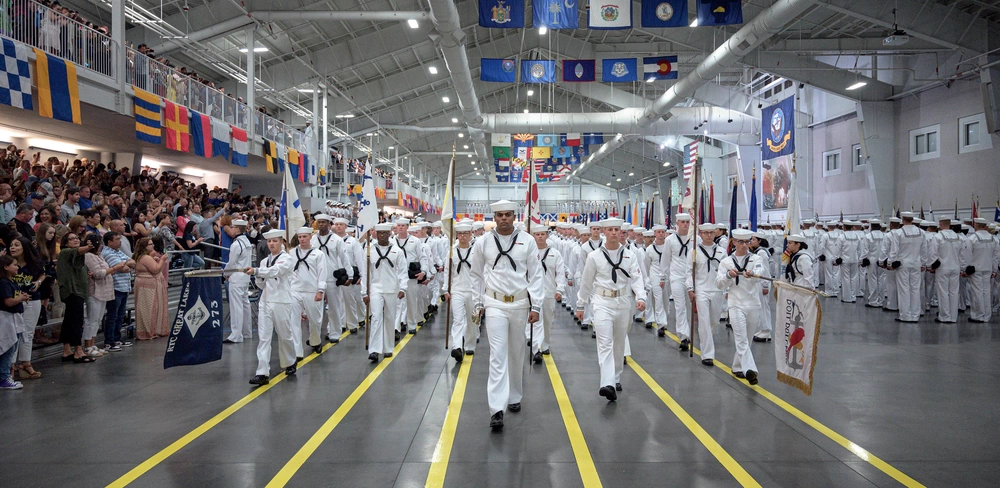
Individuals may complete the program up to four times, at which point they will be evaluated for continued service on a case-by-case basis. That rolling curriculum structure allows someone who just barely missed body composition goals another shot to safely meet them, while also serving as a motivator for incoming students, Brown said.
“Now that recruit division commanders will have already worked with those members, they’ll be able to help them target on what final areas they need to improve on in their second three weeks or, if they need a little longer, consecutive cycles,” Brown said. “But we really see any rollovers as a great catalyst to help new arrivals.”
Brown said the overarching objective is to invest in these individuals so they are prepared once they head to boot camp and to demonstrate that the service values them as future sailors.
“We really are focusing on the holistic person concept with not just the PT, but also the nutrition and the sleep hygiene to give them skills that maybe they weren’t practicing prior to coming into an organization, which will serve them well in boot camp and beyond,” Brown said.
The Navy is bracing to fall short of its enlisted recruiting goal for FY23 by roughly 6,000 to 7,000 sailors, according to an email Navy Times previously obtained from Rear Adm. Alexis Walker, the head of Navy Recruiting Command.
The Navy met its active duty enlisted recruitment goal for FY22, but it came at a cost. The service’s Delayed Entry Program, which allows someone to join the Navy prior to their shipping date, was depleted to the lowest level the Navy has seen in 40 years.
However, the Navy failed to hit targets for active duty and Reserve officers, as well as Reserve enlisted personnel, in FY22.
Service leaders attribute recruitment challenges to factors including more thorough medical screenings, fewer Americans eligible to serve, and low civilian unemployment.
Feature Image: Seaman recruits perform physical training exercises in their berthing compartment at Recruit Training Command. (MC1 Richard Perez/U.S. Navy)
Read more from Sandboxx News
- Bermuda’s awkward Mini 14 GB – Service rifles from around the world
- Why America’s new NGAD fighter could be a bargain, even at $300 million each
- Airmen in Kangerlussuaq, a military town nobody has heard of
- ‘Extraction 2’ is a really fun and action-packed movie
- Why today’s military AI isn’t capable of ‘going rogue’
Related Posts
Sandboxx News Merch
-

‘AirPower’ Classic Hoodie
$46.00 – $48.00 Select options This product has multiple variants. The options may be chosen on the product page -

‘Sandboxx News’ Trucker Cap
$27.00 Select options This product has multiple variants. The options may be chosen on the product page -

‘Kinetic Diplomacy’ Bumper Sticker (Black)
$8.00 Add to cart
Military Times
MilitaryTimes.com is a part of the Sightline Media Group, formerly known as the Army Times Publishing Company, which first published Army Times in 1940. Throughout its history, the company has a strong heritage and tradition of meeting the highest standards of independent journalism and has expanded with publications serving all branches of the U.S. military, the global defense community, the U.S. federal government, and several special interest, defense-oriented industry sectors.
Related to: Breaking News

America’s first 6th-gen fighter jet will be Boeing’s F-47, Trump just announced
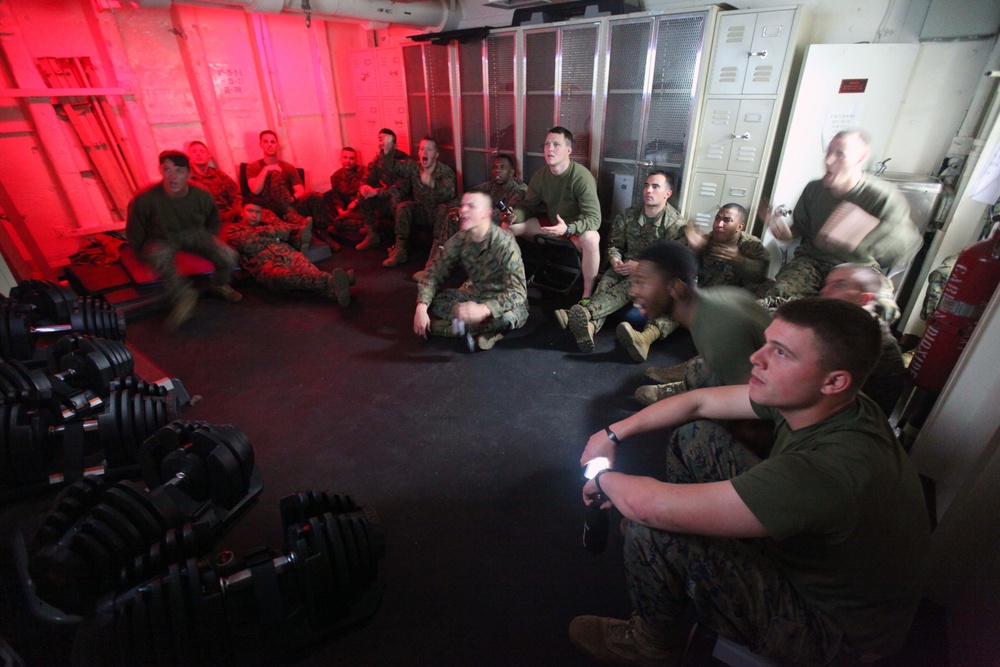
3 new TV shows to watch to make service time pass faster
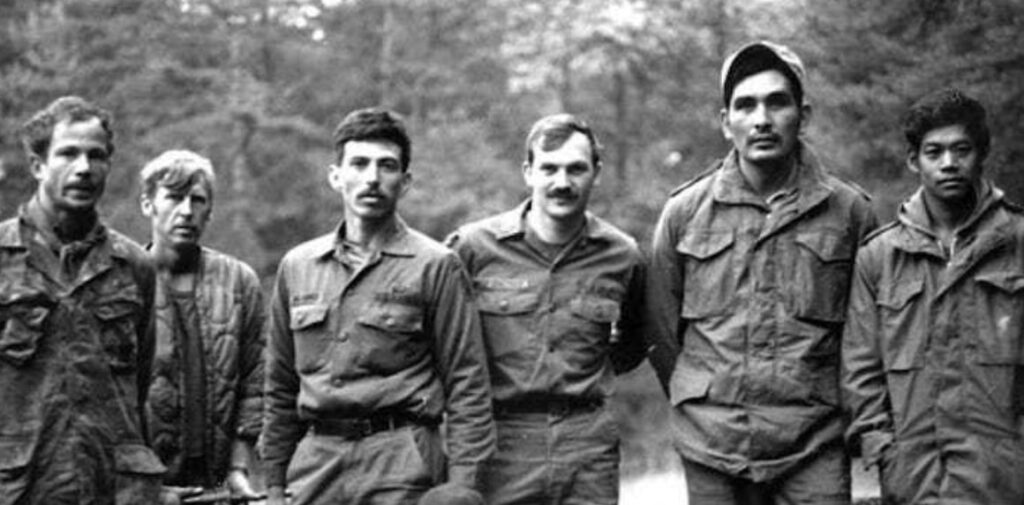
Delta Force Assessment and Selection: Spending nights at base camps
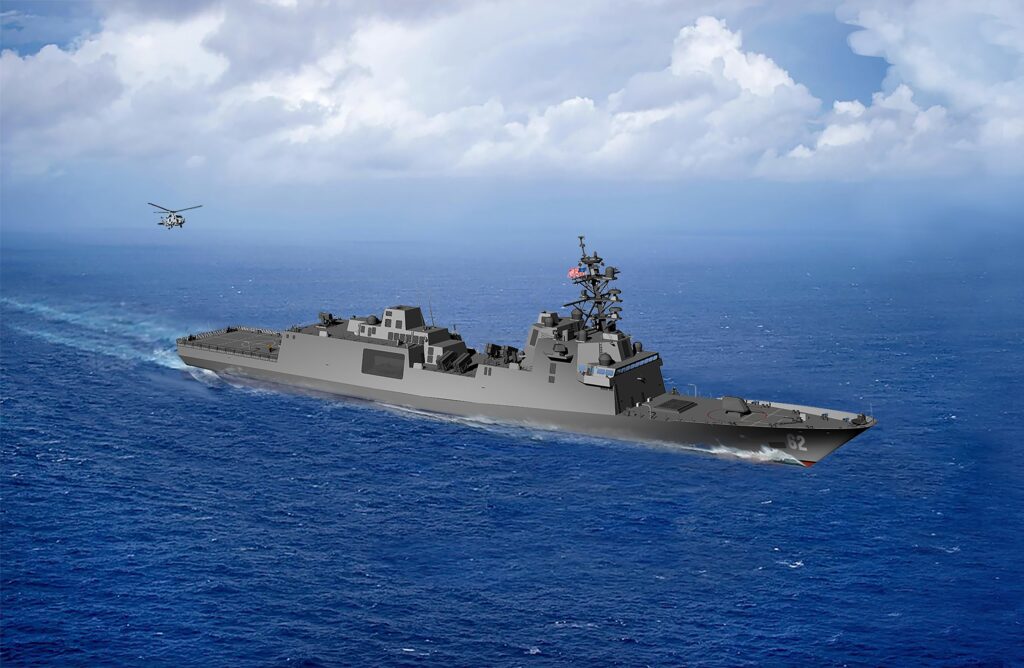
The US Navy is forced to wait on its new flagship frigate
Sandboxx News
-

‘Sandboxx News’ Trucker Cap
$27.00 Select options This product has multiple variants. The options may be chosen on the product page -

‘AirPower’ Classic Hoodie
$46.00 – $48.00 Select options This product has multiple variants. The options may be chosen on the product page -

‘AirPower’ Golf Rope Hat
$31.00 Select options This product has multiple variants. The options may be chosen on the product page -

‘Sandboxx News’ Dad Hat
$27.00 Select options This product has multiple variants. The options may be chosen on the product page
